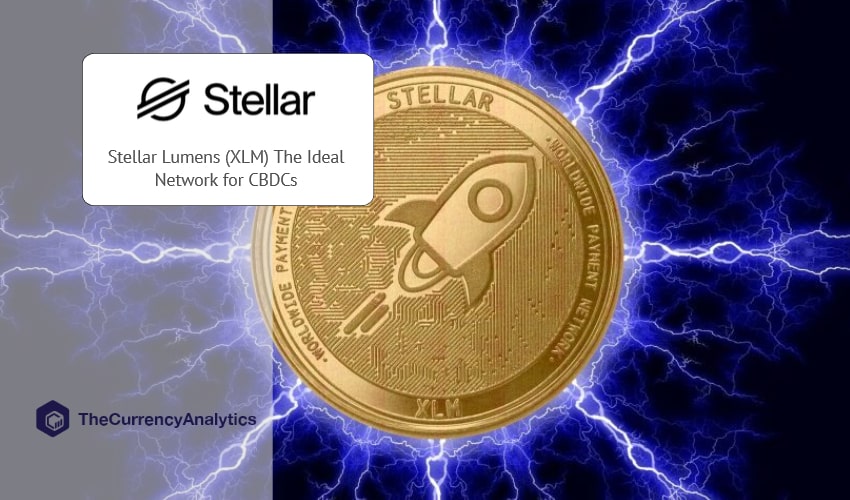
Stellar was built with CBDCs in mind: to allow trusted issuers to create digital representations of their assets. There are some features, which make Stellar uniquely suited to issuing CBDC and to implement a CBDC on the network.
The four specific features of Stellar, which is important for any entity considering to use CBDC are: 1. Secure asset issuance. 2. Enhanced Compliance Capability 3. Transaction Finality 4. Automatic interoperability.
The Stellar nodes configure themselves to create secure and consistent network. The nodes, which keep the Stellar ledger, are run by asset issuers who link to verifiable identifying information. Thus, network users check the entities entrusted with the safety and security of the network. This is very different from other public blockchains like the Bitcoin and Ethereum, where the nodes remain anonymous and the individuals and organizations who are responsible for the integrity of the network are not known.
Some use cases consist of CBDCs, which will require issuers to exert improved control over access to their assets. To facilitate those use cases, Stellar provides three settings which can be activated with simple account flags like authorization required, authorization revocable, and clawback enabled. The menu of options will make it possible for an issuer to dial in control based on their needs.
Transaction finality is very important for CBDCs as the transactions cannot be rolled back or over written.
Stellar has been purpose built for real-world asset issuance and the Stellar Consensus Protocol (SCP) has been designed with that in mind. The computers known also known as validators run software which execute the SCP to pool, ratify and apply transactions to update the ledger.
So long as no one compromises an issuer’s validators and as far as the underlying digital signatures and cryptographic hashes remain secure, the issuer will clearly know which transactions have occurred and therefore avoids the risk of losses from blockchain history reorganization.
SCP depends on voting as opposed to computational race. Stellar does not use massive amounts of energy like several other blockchains. A single transaction on Stellar consumes nearly 0.222Wh, which is 1 ten-millionth of the energy usage of Bitcoin, and therefore similar to what the Visa network consumes.
Thus, considering the ongoing climate crisis it is important to consider issuing an asset on a blockchain network, which includes Central Banks.
Community Response: Stellar has been known for doing this for a long-time. Stellar have built a honest and reputable company. Stellar is set to explode. They haven’t hyped what they are doing. They have worked hard behind the scenes to bring the best to the crypto space.


Get the latest Crypto & Blockchain News in your inbox.